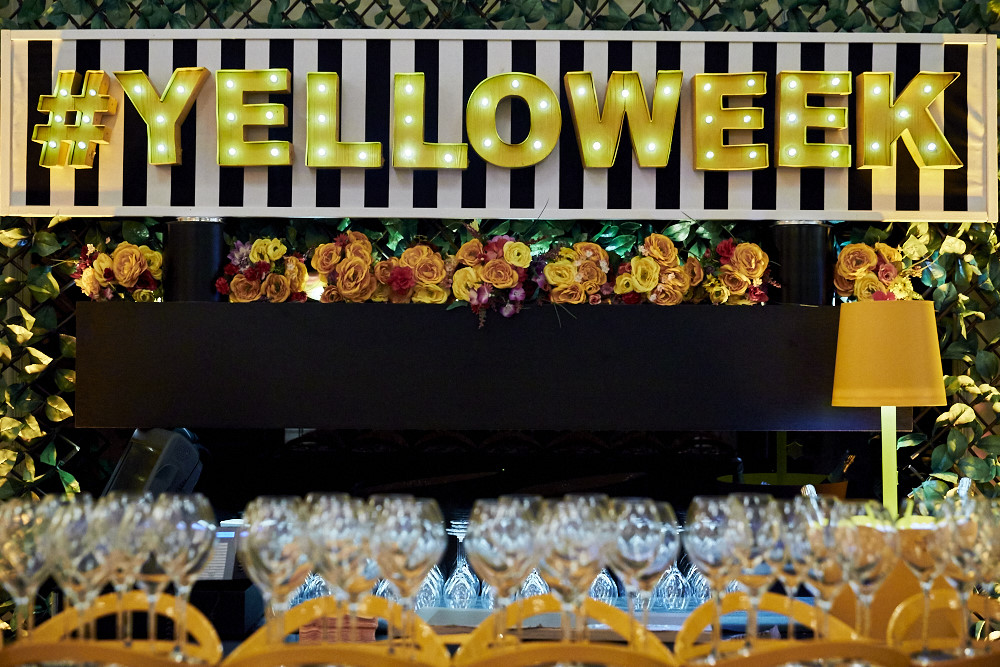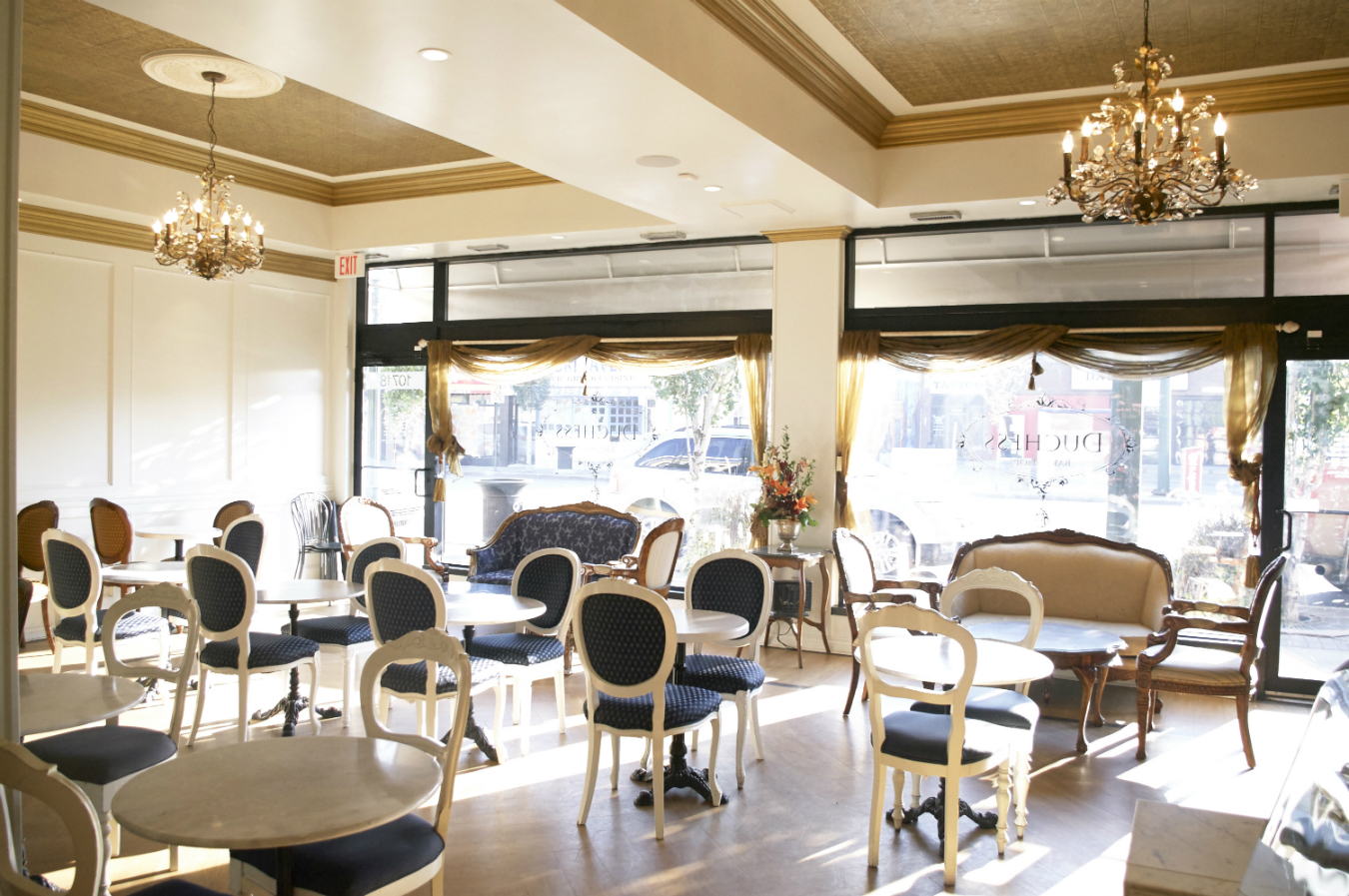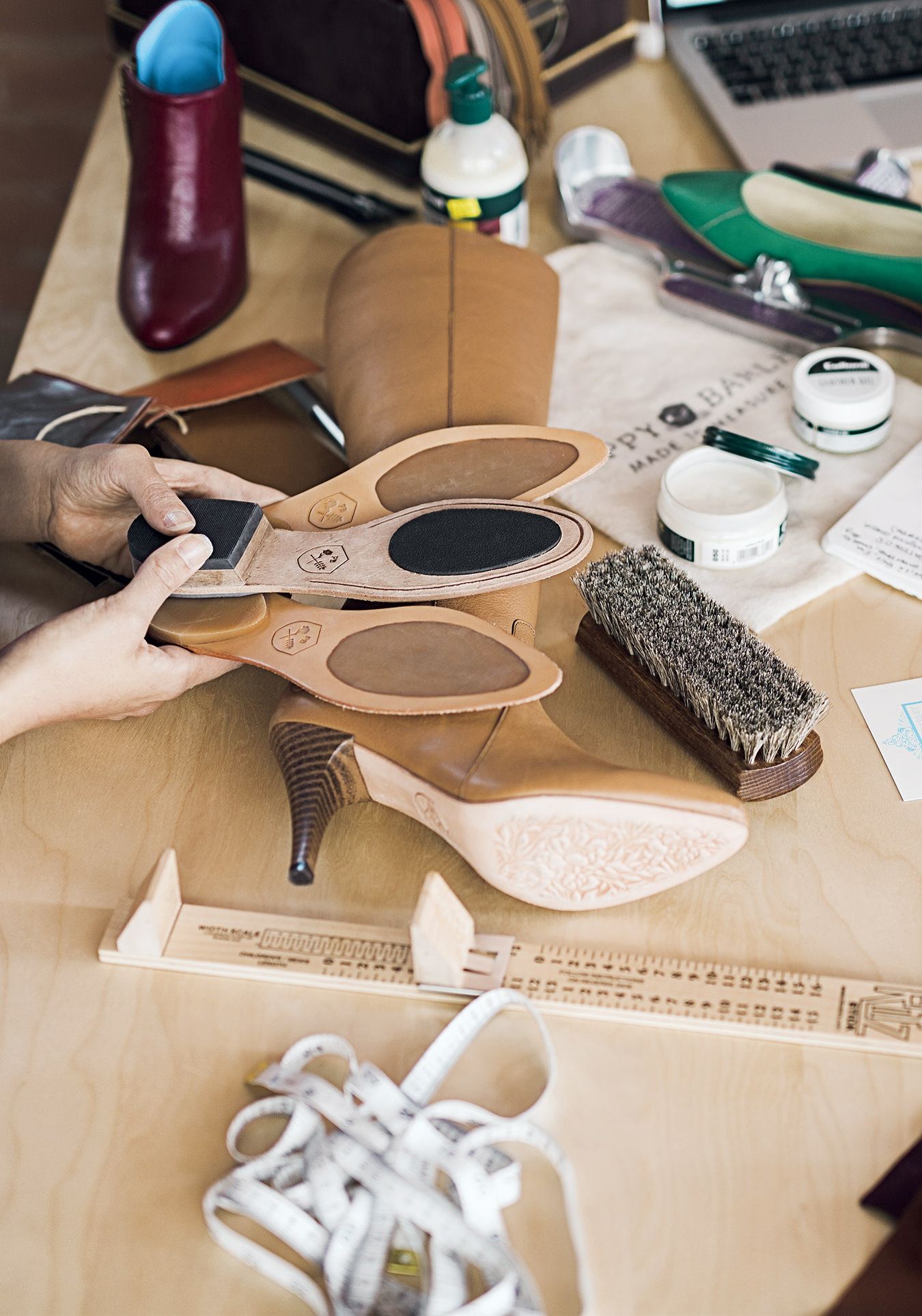-
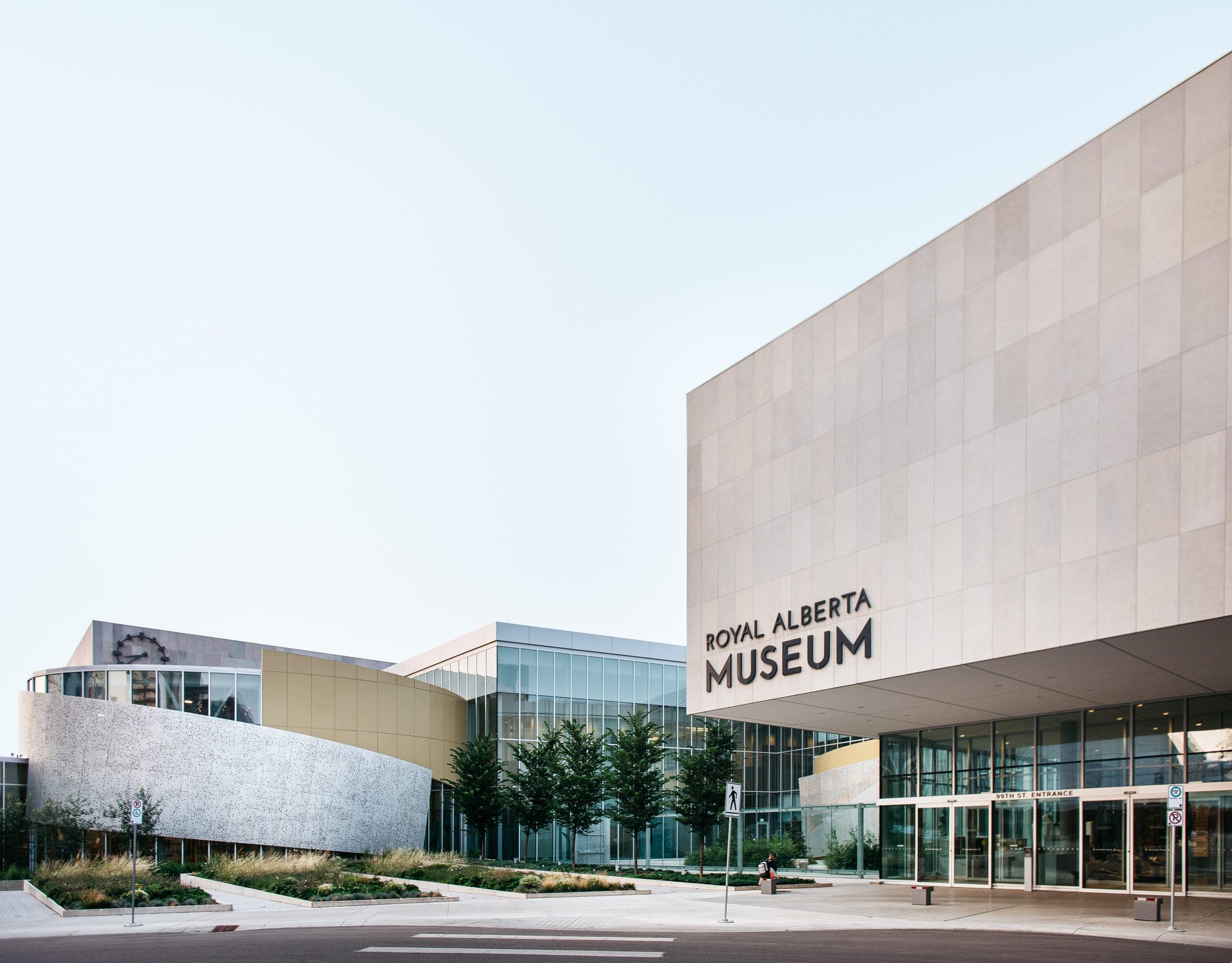
-
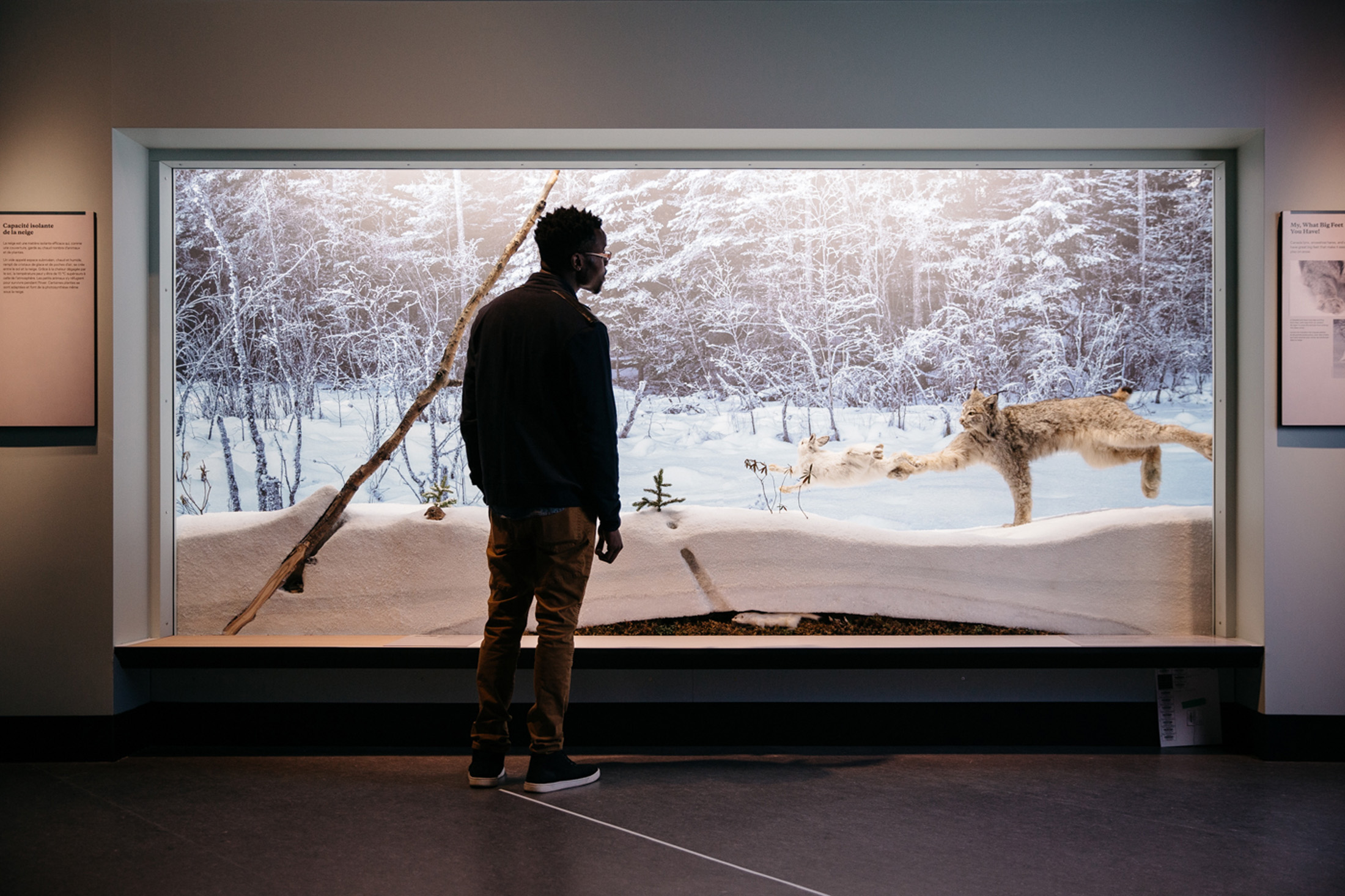
The Natural History Hall’s Wild Alberta section.
-
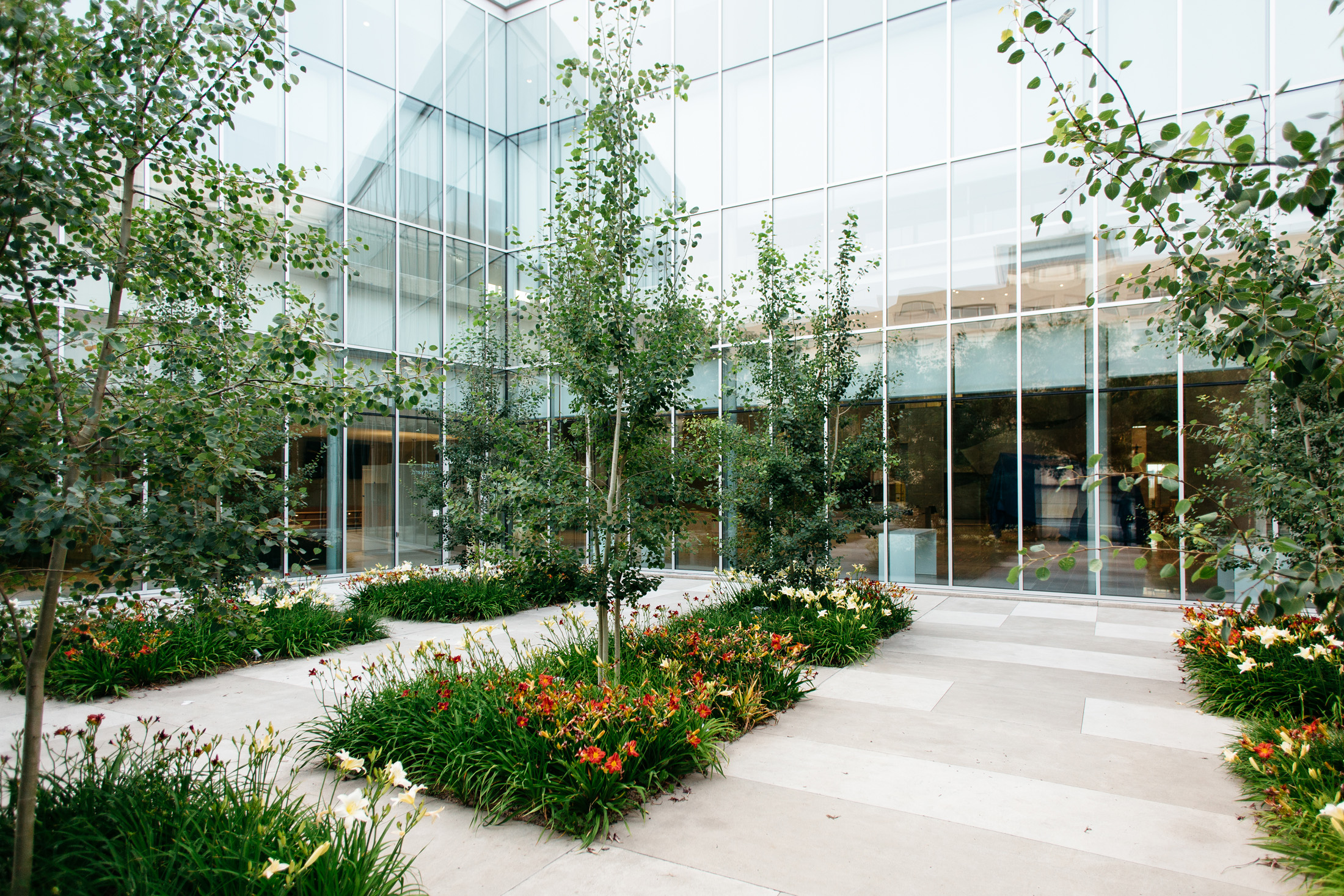
Fraser Courtyard.
-
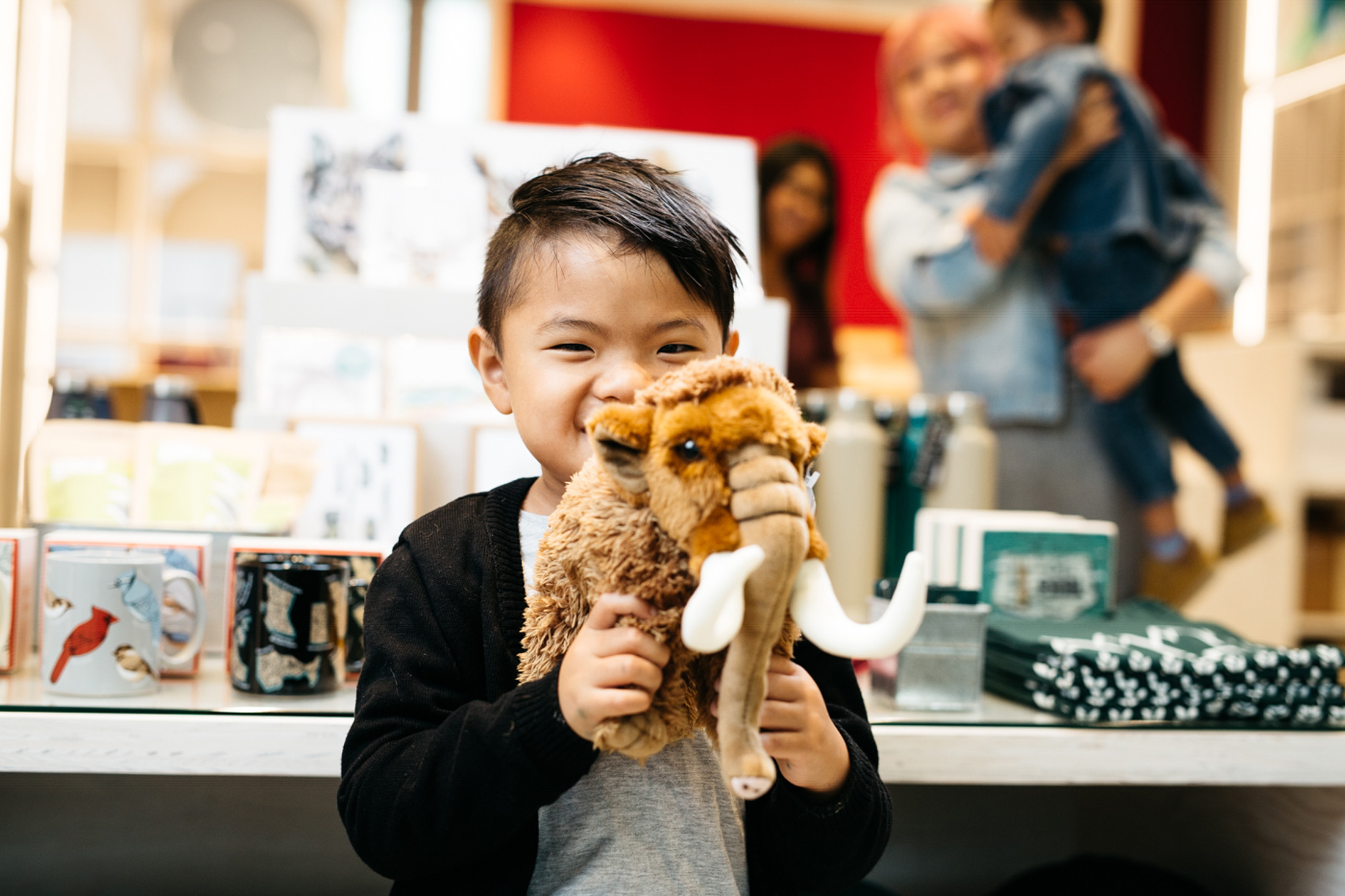
The RAM’s mascot, the woolly mammoth.
-

Human History Hall.
-
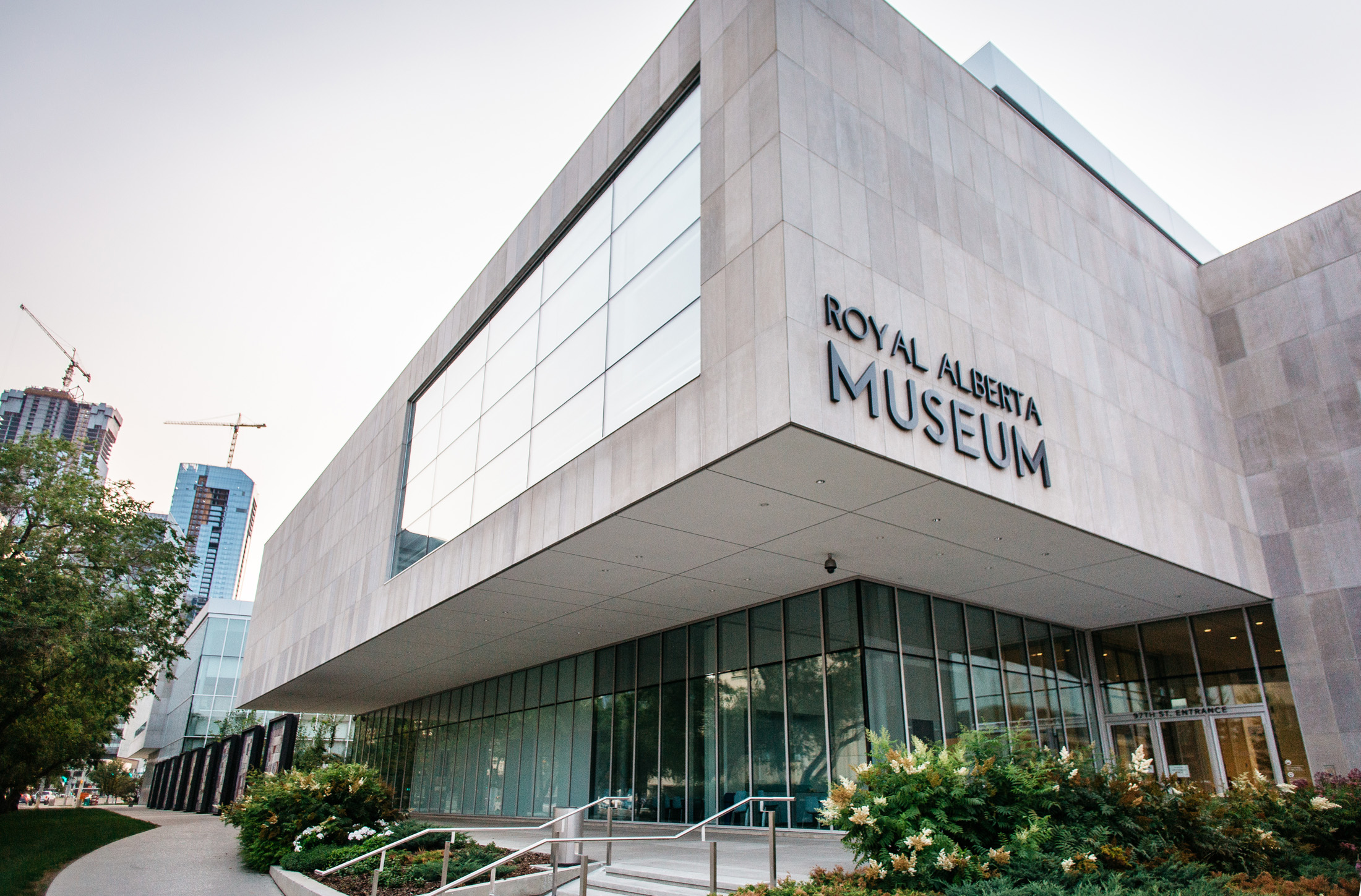
-
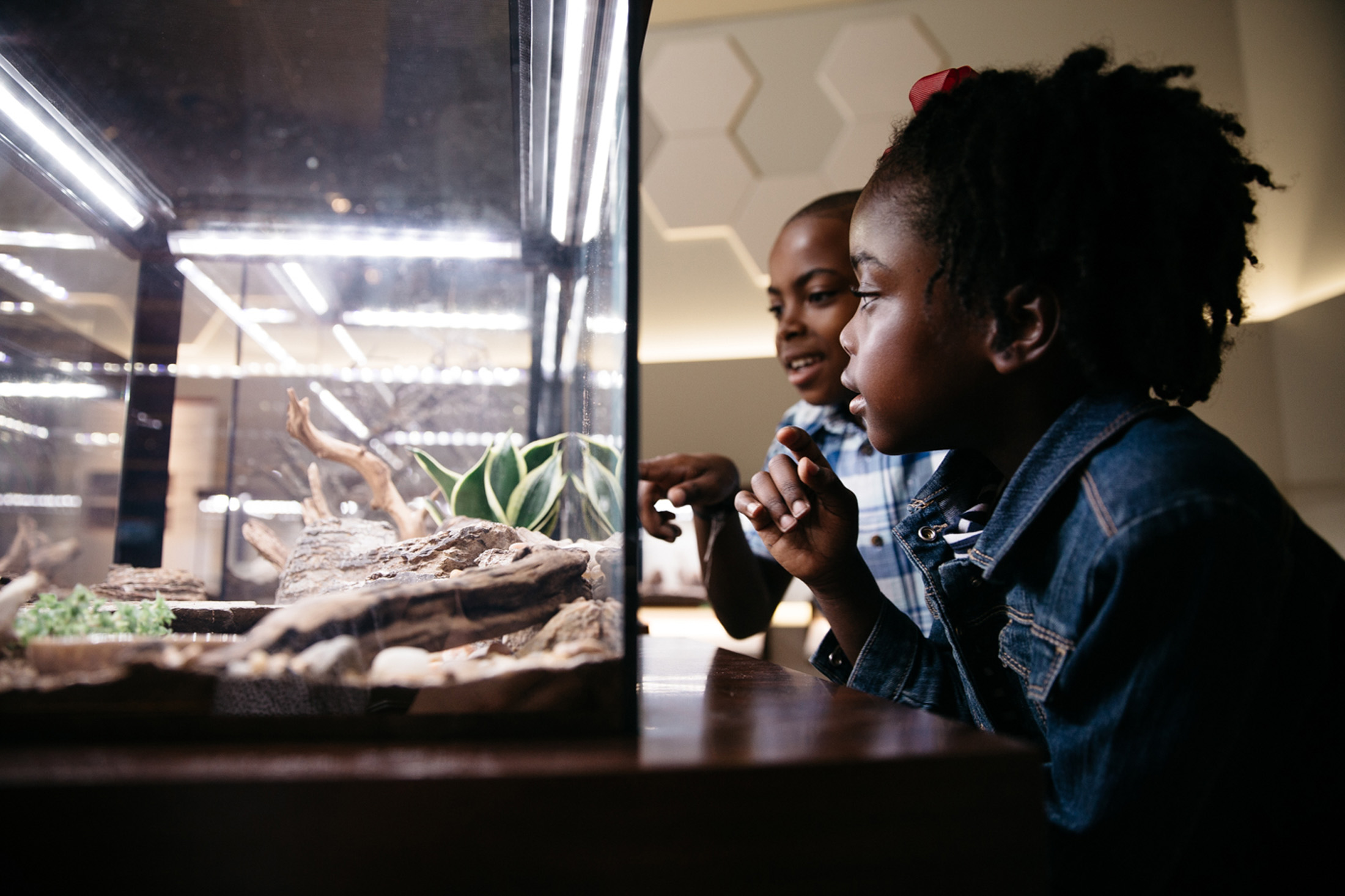
Bug Gallery.
-
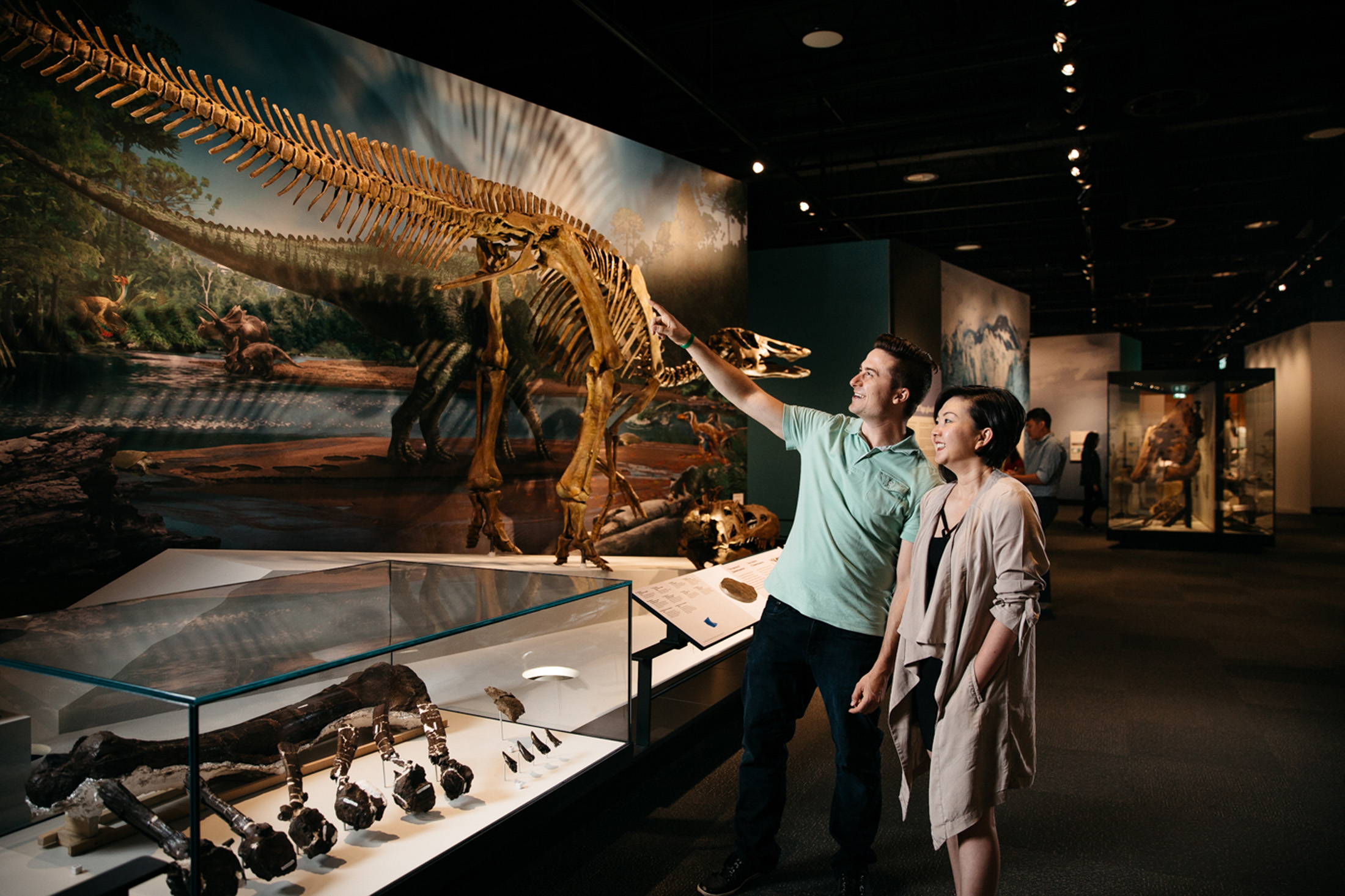
The Natural History Hall features an Edmontosaurus.
-
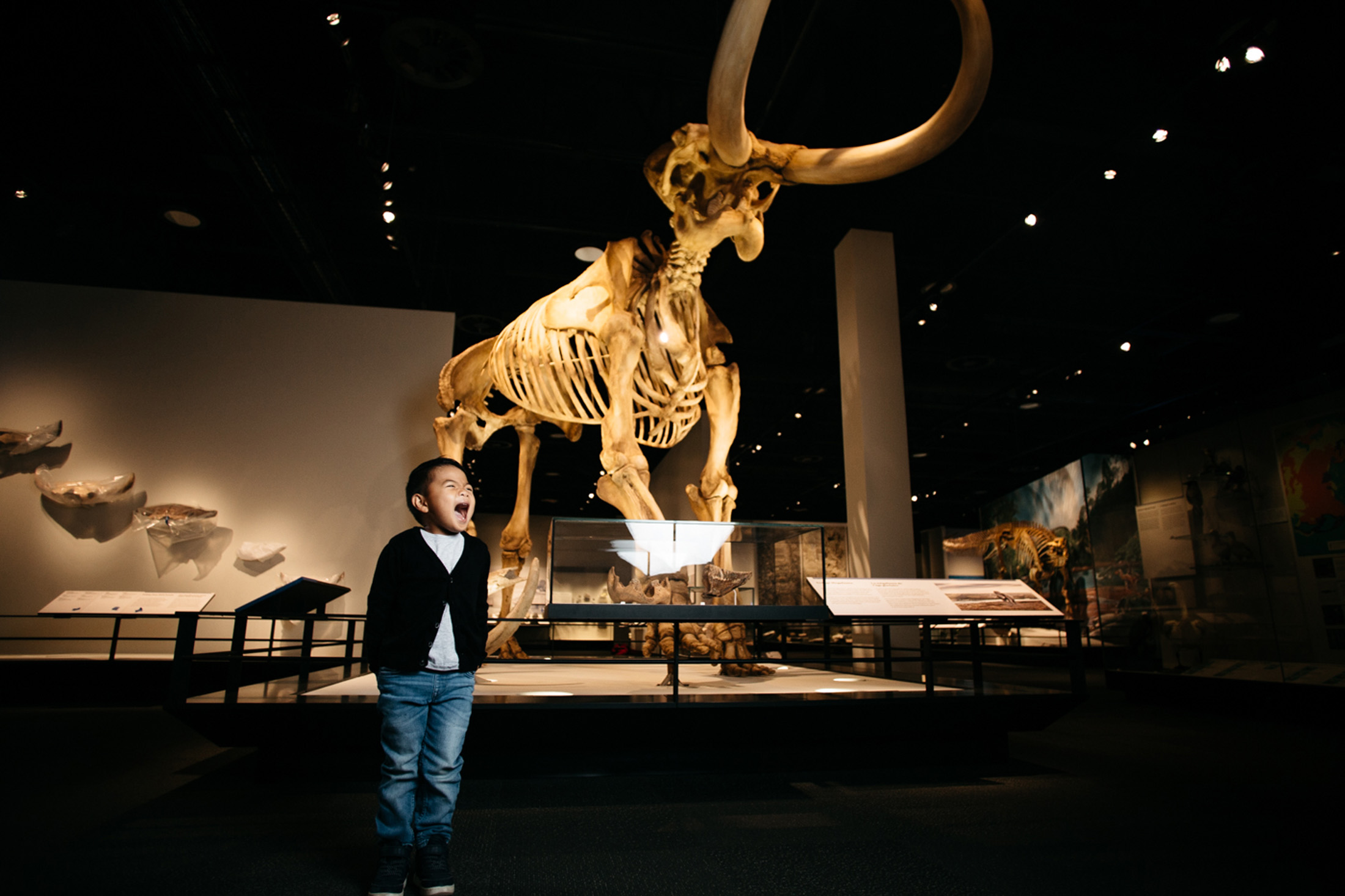
The Natural History Hall features a cast of a mammoth skeleton.
The Royal Alberta Museum Returns
Inside Western Canada’s mammoth museum.
After three years, $375.5-million, and the relocation of 2.4-million artifacts, the Royal Alberta Museum is back. Formerly part of the city’s Glenora neighbourhood, the RAM reopened in its new downtown Edmonton location at the beginning of October within a striking 419,000-square-foot space, making it the largest museum in Western Canada. Designed by multidisciplinary firm Dialog—known for prominent Canadian landmarks including Vancouver’s Granville Island and the St. Lawrence Market in Toronto—the building is rooted in a strong sense of place, working to highlight both its historical spot in the centre of Edmonton and its position as the provincial museum.
The exterior retains some elements of the Canada Post building that was demolished to make room for the new RAM. Mosaic tiles commissioned for the post office in 1966 were restored and are now stationed outside along 103rd Avenue, and the colossal centre column is an homage to the railway roundhouse that once stood on the site.
In the foyer, walls are painted from a palette of the Edmonton landscape—silver and grey for snow and ice, gold for the bright sunshine and plentiful canola fields. There is also plenty of metal artwork featured throughout: above the admissions desk, a metal sheet with an abstract lightning bolt pattern reminiscent of a Prairie thunderstorm; swooping silver ribbons that follow the curved central staircase, meant to evoke steep canyon walls in the mountains; and a swath of metal sheeting wrapped around the exterior of the Children’s Gallery with the shape of aspen leaves cut into it, creating a dappled lighting effect inside the bright room.
Curators and staff worked with a panel of 24 Indigenous advisors during the planning process.
The focus shifts from design to learning inside the four permanent exhibit galleries, dedicated to natural history, human history, children, and bugs. There is also a feature gallery which will house travelling exhibits, with the first to open in spring 2019.
Of the millions of objects in the collection, the one that receives pride of place in its own dedicated gallery is the Manitou Asinîy or Manitou Stone. Located upstairs in a public pre-admission space, it sits alone under lights meant to mimic the stars from which the stone fell. Venerated by Indigenous communities in Saskatchewan and Alberta, the meteorite was honoured for hundreds of years in situ near the border of the two provinces by these groups, before being taken to Ontario by Christian missionaries. The Alberta gallery which now houses the Manitou Stone is a quiet space of reflection, open to anyone who would like to come to smudge, leave offerings, pray, or sit in quiet contemplation.
Keeping to the spirit of reconciliation was important to those involved with setting up the museum, and curators and staff worked with a panel of 24 Indigenous advisors during the planning process. Historically, museums have been showcases for ill-gotten artifacts, especially objects belonging to subaltern cultures and land that has been colonized. In the new location, Indigenous stories and artifacts are not segregated (the previous museum had a separate dedicated gallery), but woven in with the stories of Alberta as a whole in the Human History gallery. In recognition of the museum’s location on Treaty Six land and as stewards of historical and ceremonial objects, the RAM offers free admission to anyone who self-identifies as Indigenous.
At the entrance to the museum is one more acknowledgement of the place the RAM occupies—a welcome, written in French, English, and 13 Indigenous languages, in recognition of the long-standing connection of the people to the land, a place that has been a meeting spot for thousands of years.
Image courtesy of the Royal Alberta Museum.
_______
Never miss a story. Sign up for NUVO’s weekly newsletter, here.

